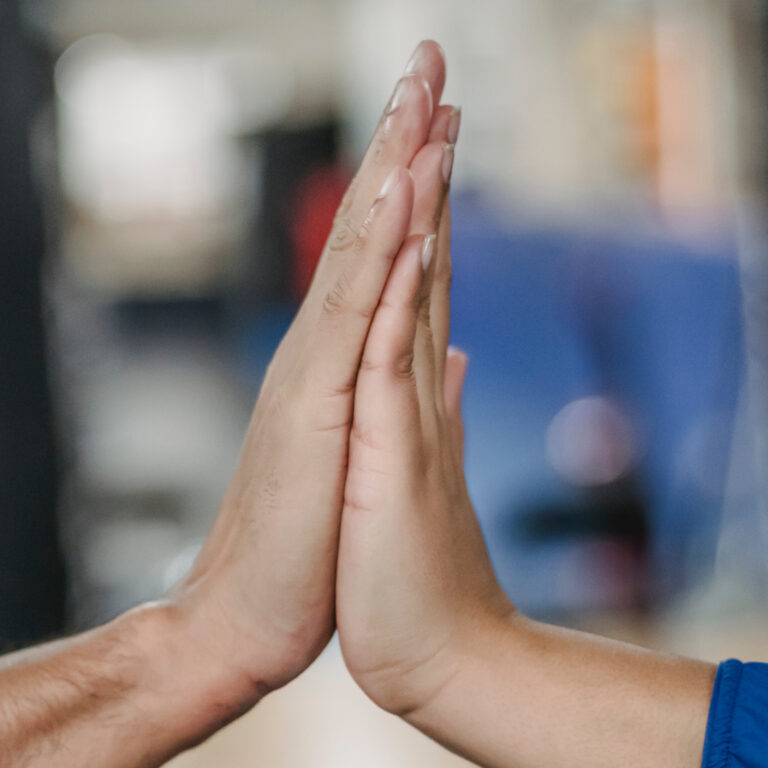This Friday, October 25, is National Art Day. The day also celebrates one of the most famous artists, Pablo Picasso, whose birthday falls on National Art Day. A bigger question arose as I thought about how to celebrate National Art Day. Should I celebrate World Art Day, a day squarely chosen to celebrate not only art but to celebrate Picasso? The greatest artist of the 20th century has been labeled a bully, a narcissist, and a misogynist. To sum it up, he was not a nice guy.
This dilemma is not new. Bill Clinton, Woody Allen, Lance Armstrong, and Bill Cosby are just a sprinkling of men who took a public fall for their bad behavior in recent history. I have to say the one that touched a nerve in me as an artist and art educator was Chuck Close’s being added to the disgraced. Chuck Close was an artist whom I looked up to even before I stumbled upon a book about him in the Children’s section of my public library. In that book, I read about his learning disabilities and how his relationship with art allowed him to make sense of the world. How many kids have I taught who were partly helped through turbulent childhoods by art? It would be hard to know for certain, but I think the answer is quite a few. So, I angsted over it. I taught in a girls’ school, and we always considered curricula with women’s issues in mind. So, does an artist caught up in the #Metoo movement have a place in my curriculum?
Art teachers certainly are no strangers to these moral quandaries. Sometimes, it’s not the bad artists we need to worry about. Who would you be more worried about introducing- Picasso or Keith Harring? I’d put money on Keith Harring, the likelier artist, to cause an art teacher to visit the principal’s office. So many factors are at play during those internal conversations with ourselves over curriculum as we decide what artists and projects to retain, add, or exclude from the curriculum. Could someone take offense? Could this get me in trouble? Will the artist motivate and excite the student?
Should we introduce more black artists in response to Black Lives Matter? Should we listen to groups like the Guerrilla Girls who fight gender inequality? While we can’t rewrite art history, we can look for artists who would be good role models and motivators. Those artists don’t have to come from the pages of the art history books either. I based a sgraffito unit on an artist I discovered at a craft fair (Tim Christensen). We can also acknowledge the good with the bad. We can teach Picasso as a pre-eminent figure in 20th-century art while also acknowledging his less desirable attributes. We can talk about the Guerrilla Girls and their place in art history. We can also pass up artists whom we, as teachers, don’t connect with. My enthusiasm for Chuck Close has faded, and I haven’t continued to teach him. I didn’t take a stand so much as I took a pass. Our curricula aren’t stagnant (or they shouldn’t be), and we change and grow as teachers, and we change and grow our curricula. Instead of teaching Chuck Close with the shadow of his issues, I enjoyed teaching Cindy Sherman, Georgia O’Keefe, and Barbara Kruger in my all-girls classes. And the look on their faces when I explained that Molas were created by women from a matriarchal society.
Most likely, the most important artist will be you.




